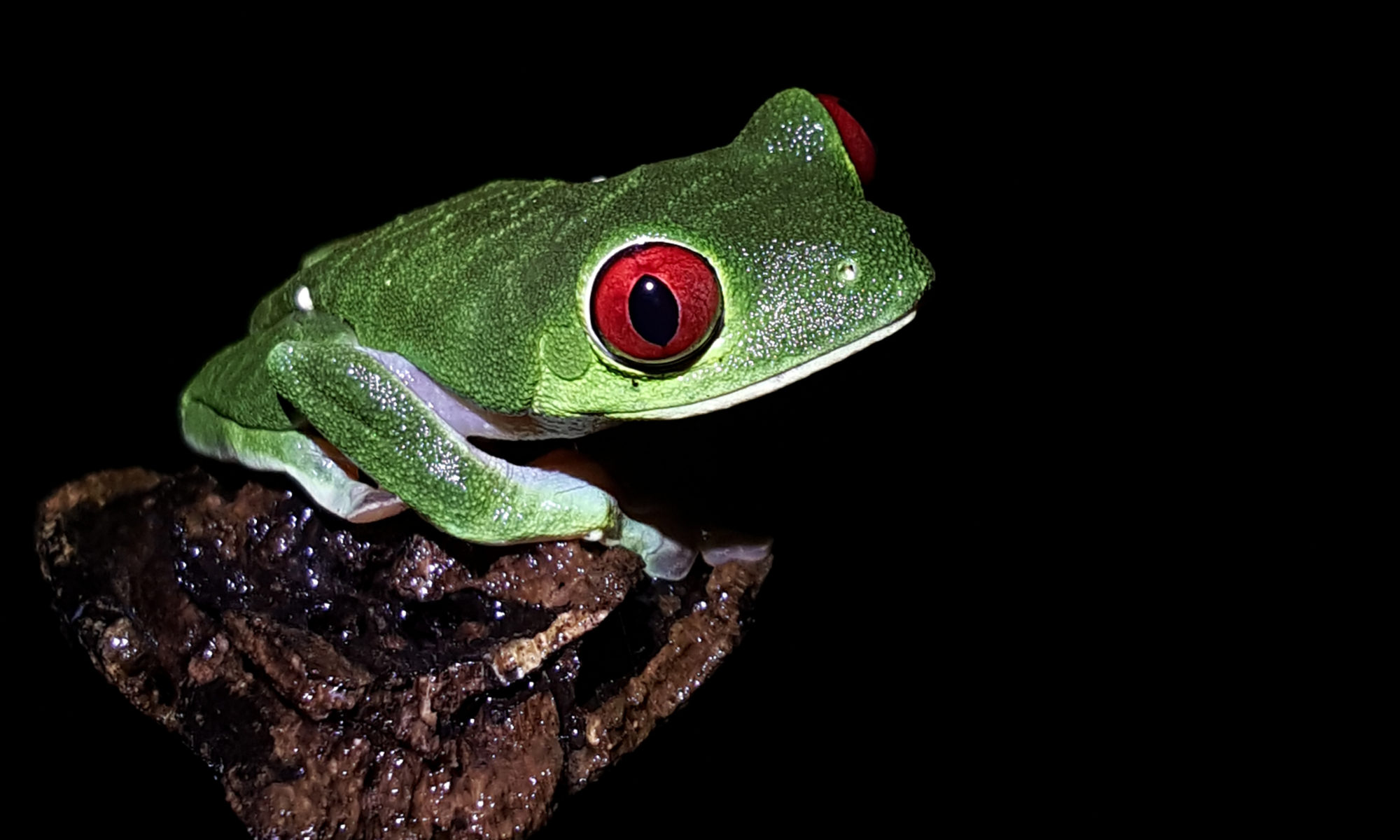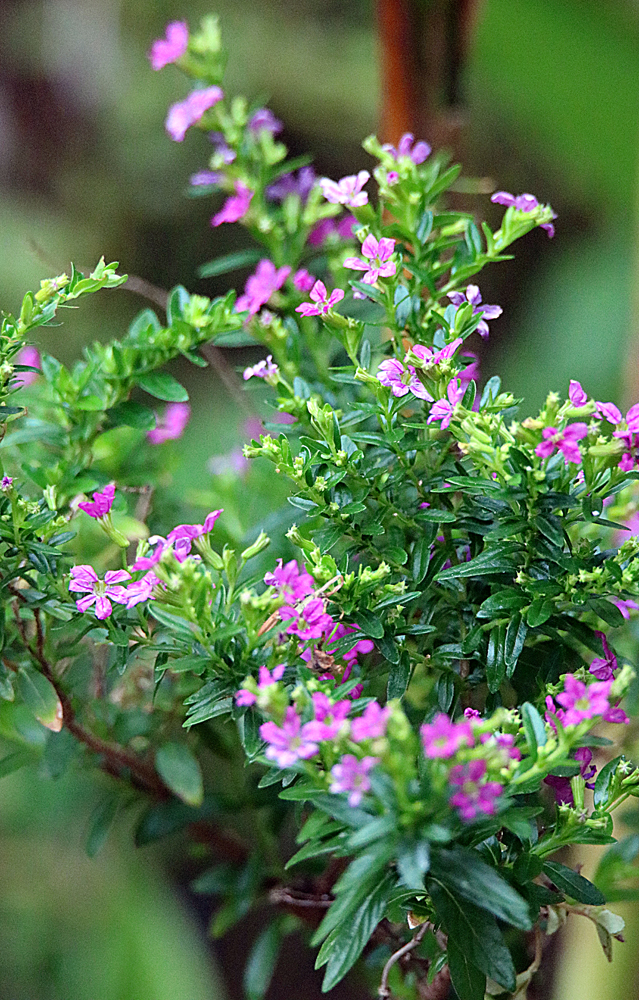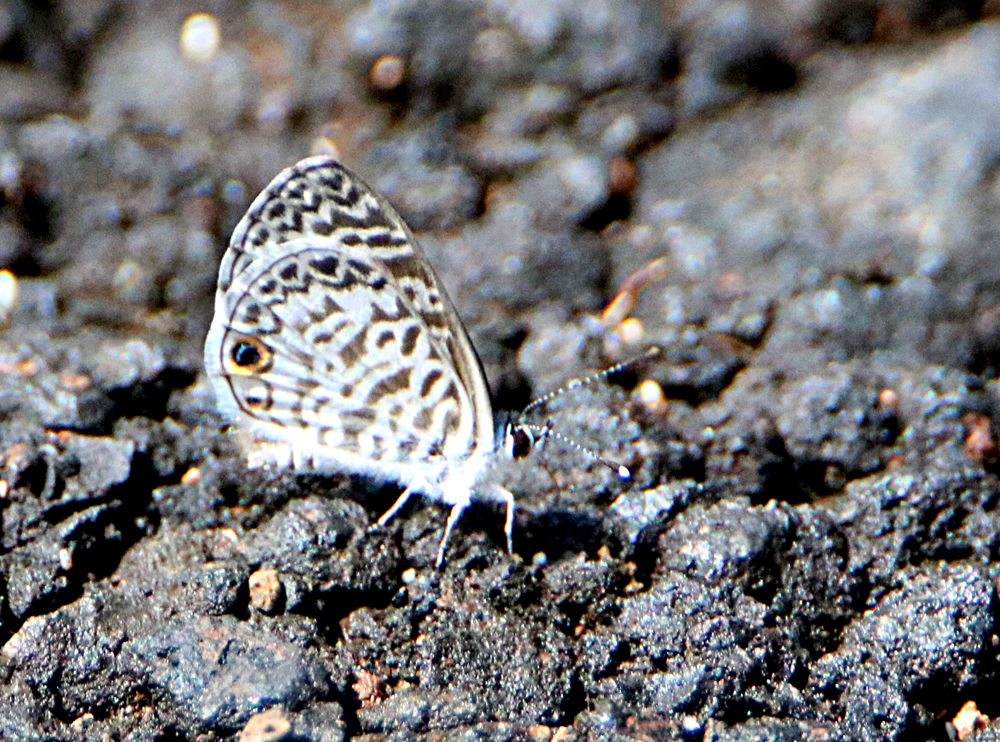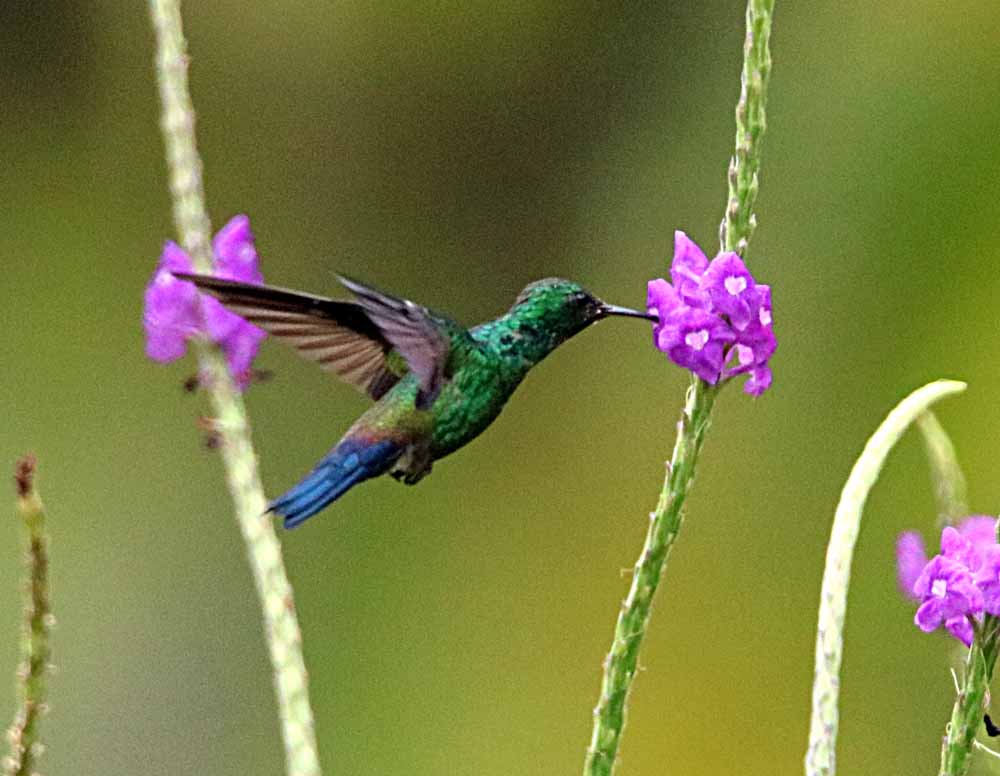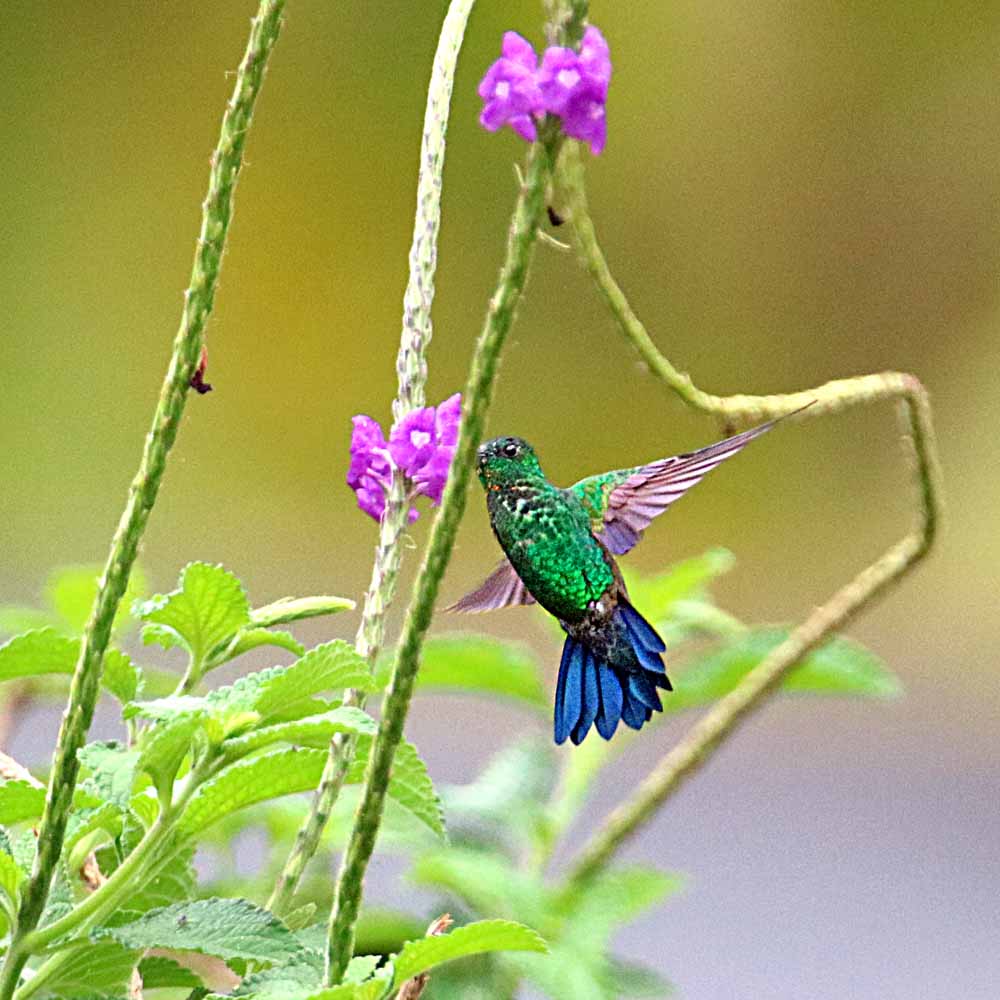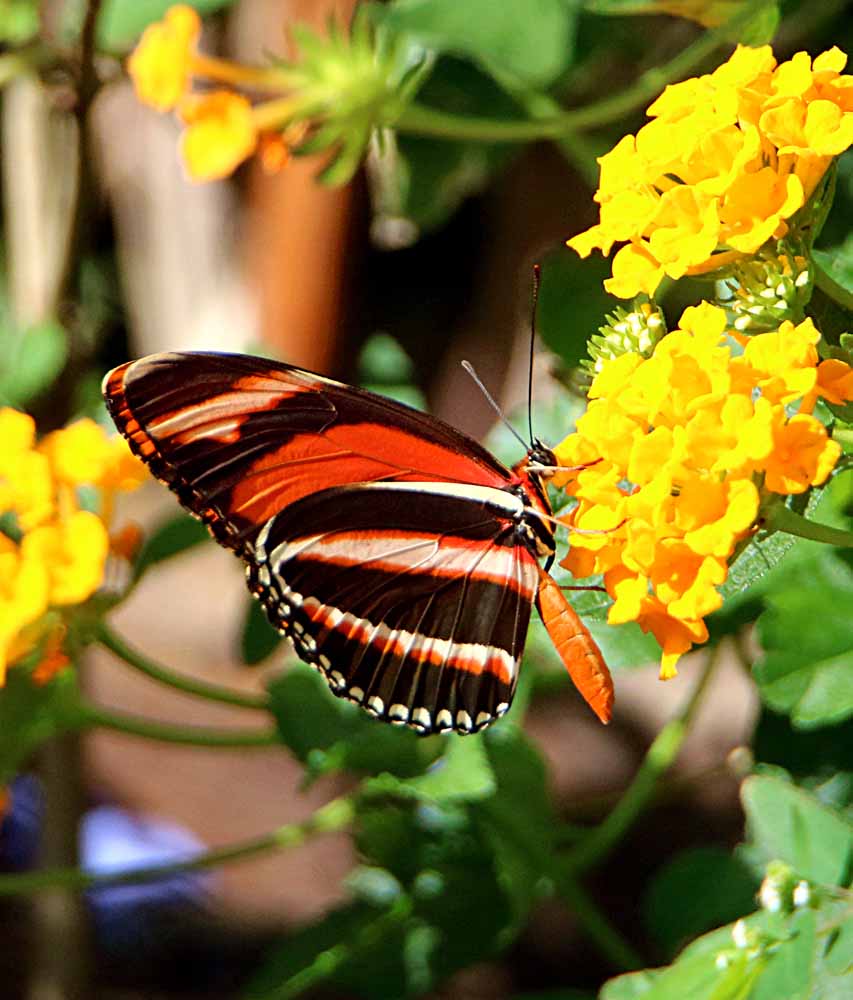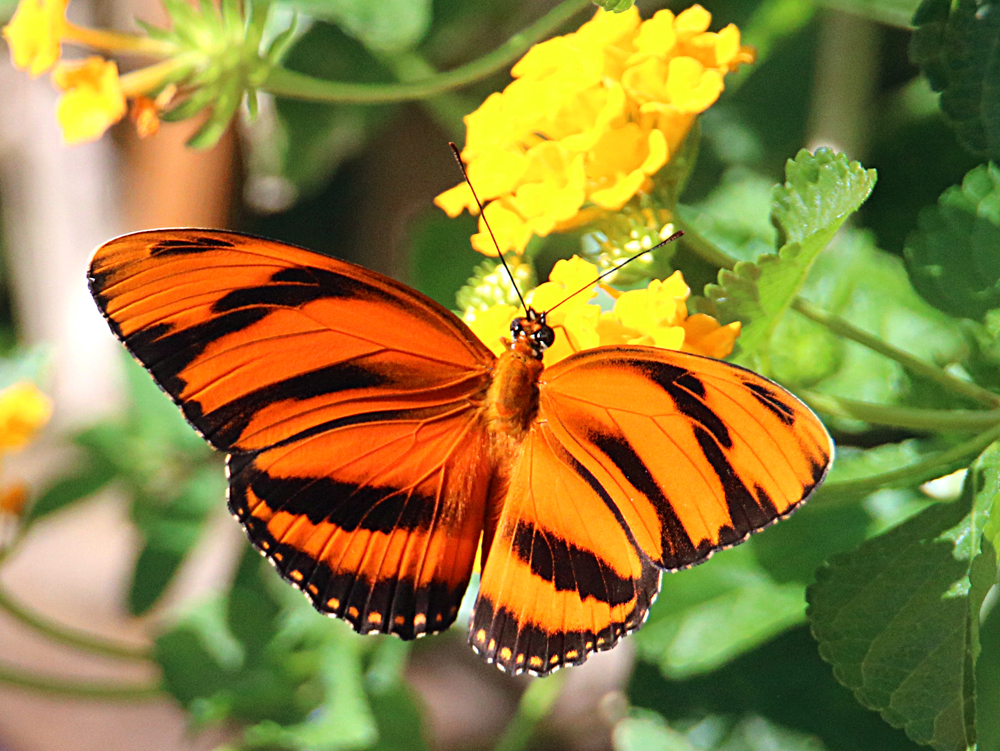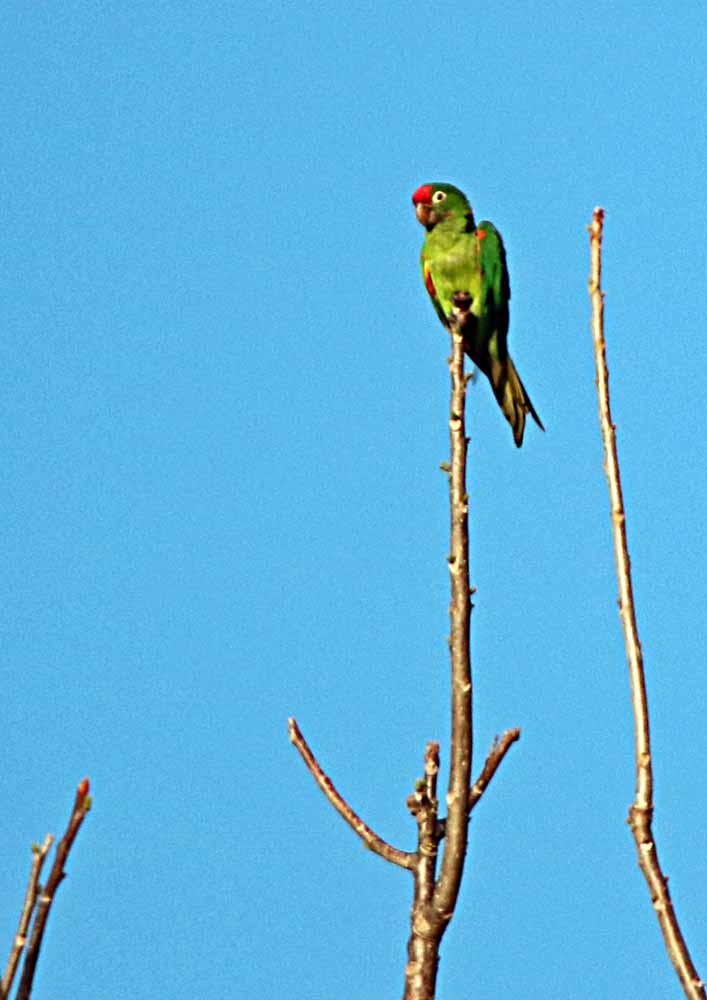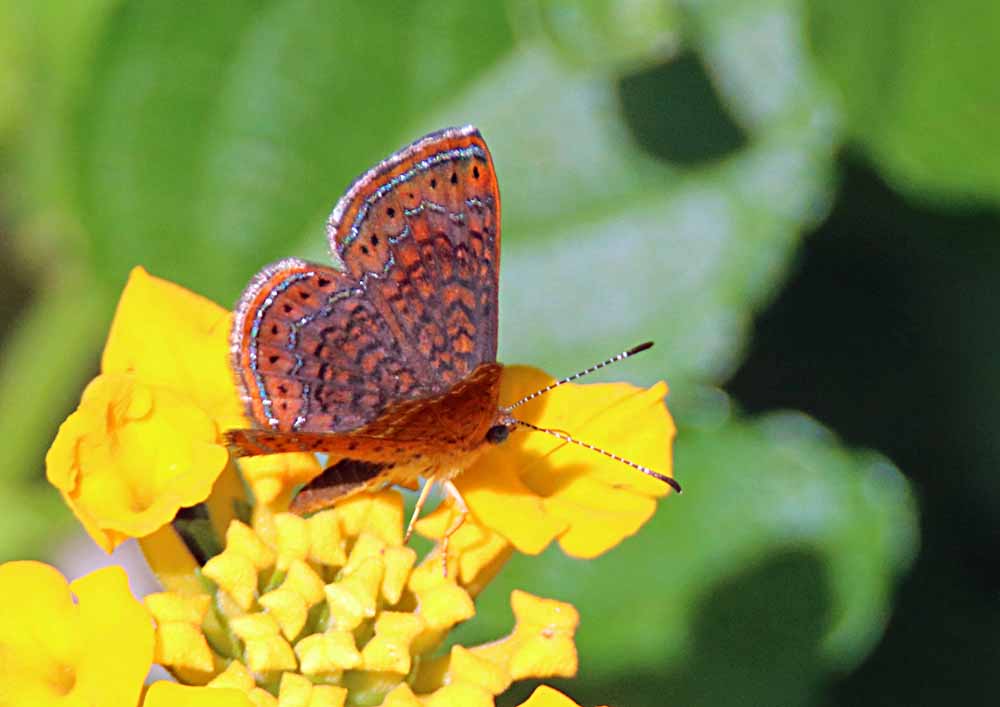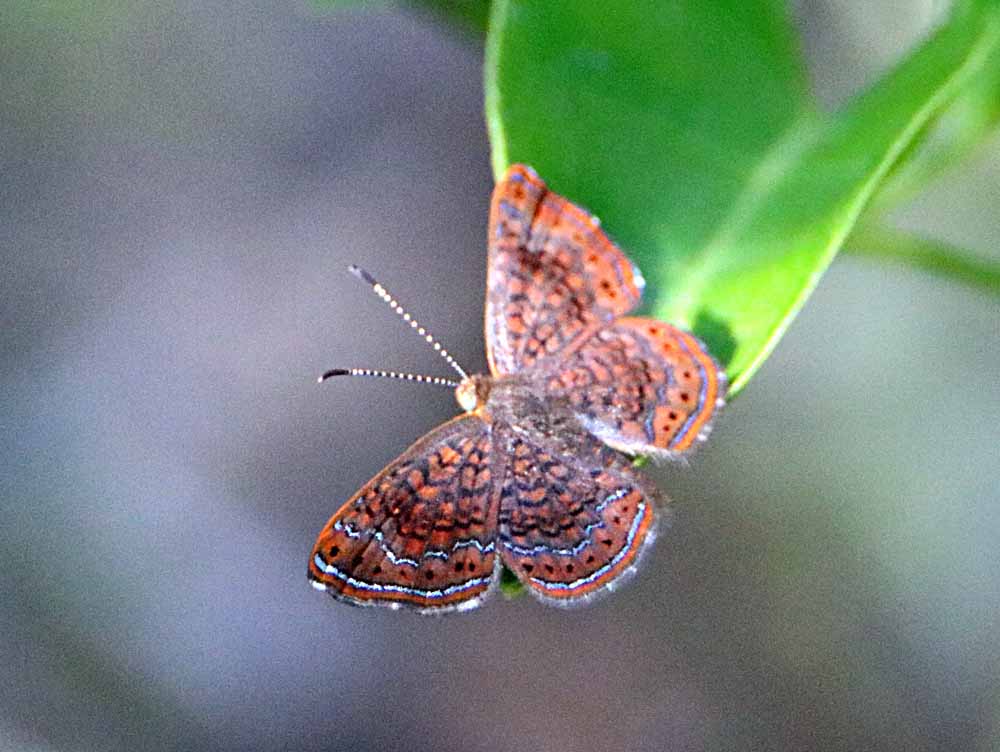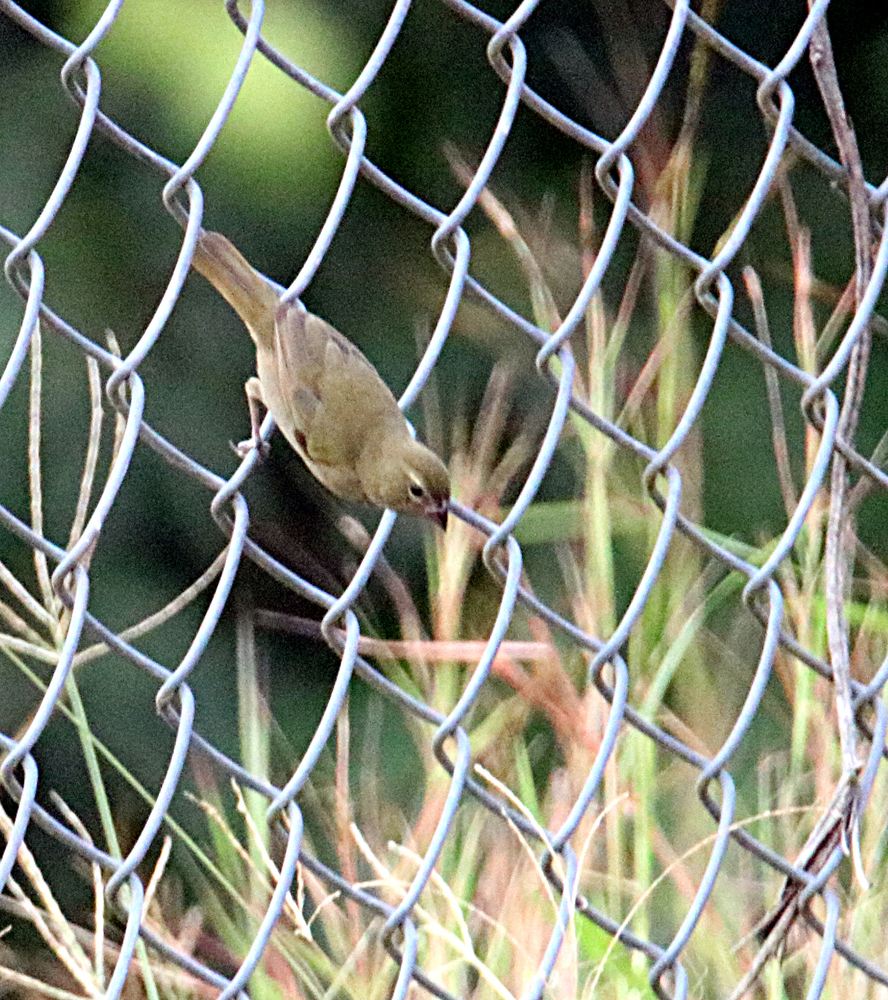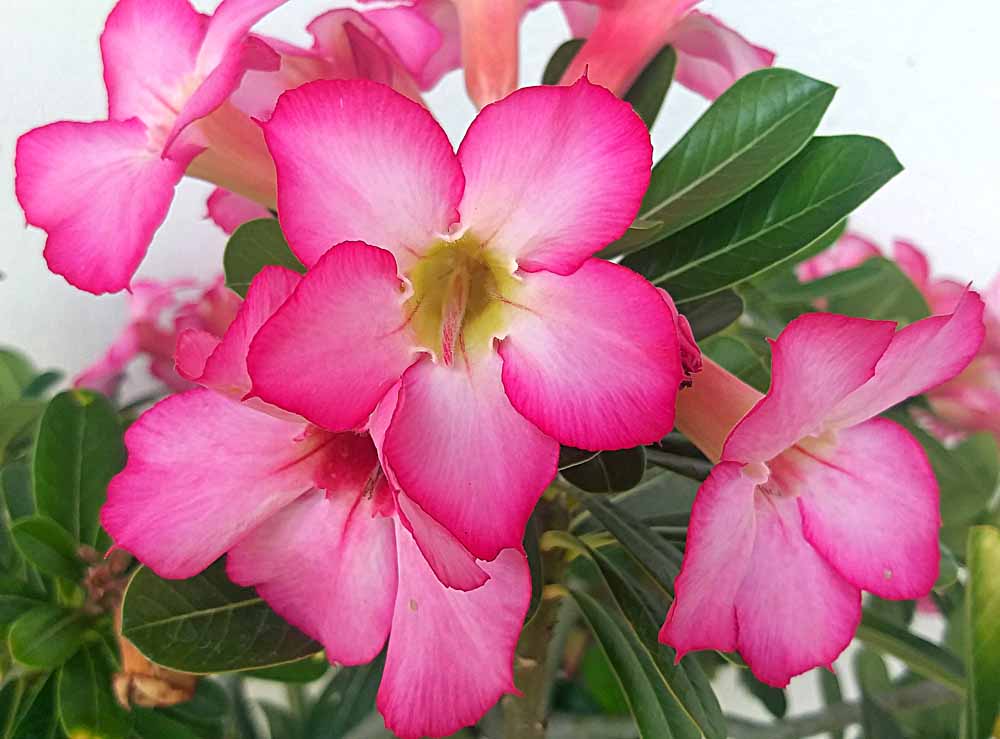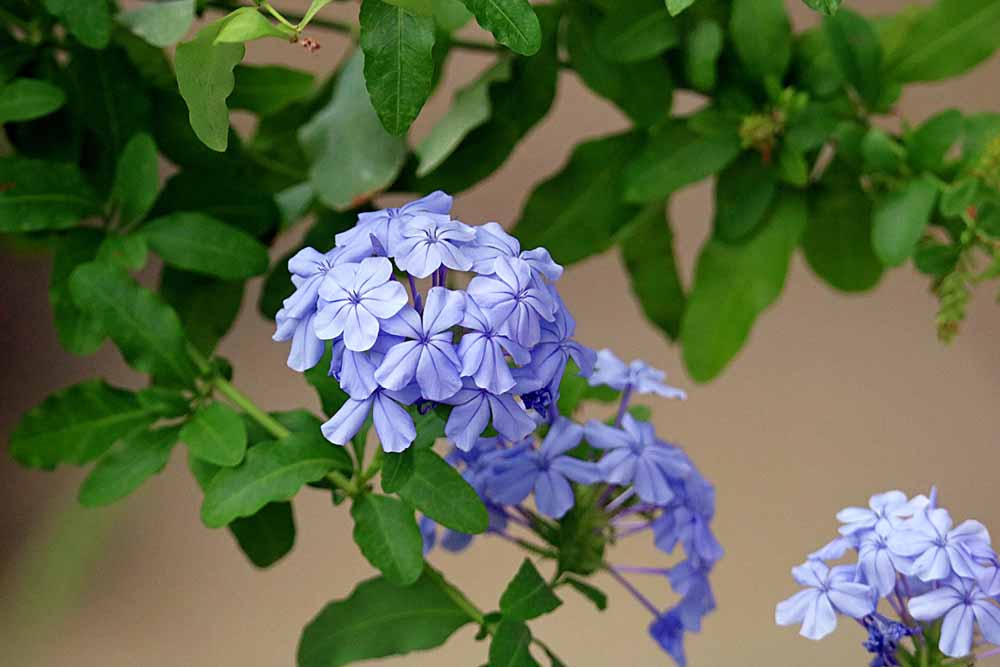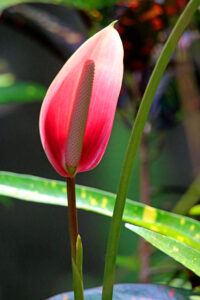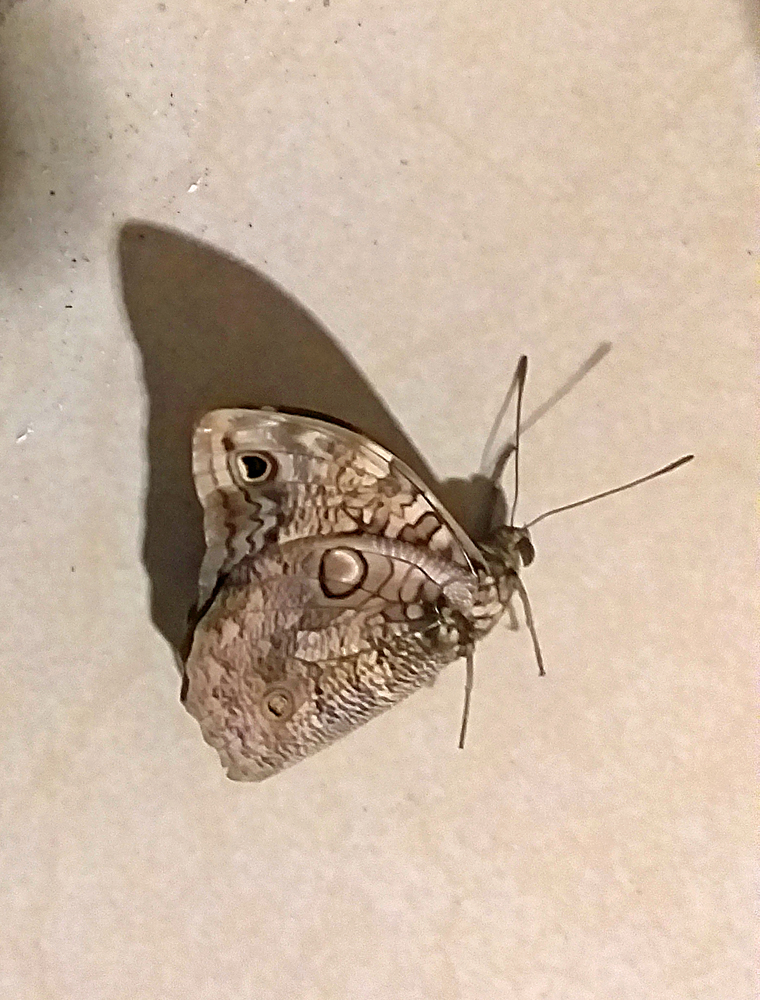Many of my U.S. friends who have visited here have included a visit to Poas Volcano NP, which is (“as the crow flies”) just 53.5 km or 33.2 miles from me, though a 2 hour drive through the mountains. 🙂 It has been erupting daily now for a few weeks and increasing in intensity. Today …
The Costa Rican National Emergency Commission (CNE) has declared a red alert for Poás Volcano National Park due to increased volcanic activity, with ash plumes reaching up to 4,500 meters. The park is currently closed indefinitely, and authorities recommend that visitors stay away from the area. Adjacent areas, including Grecia, Sarchí, Alajuela, Poás, Naranjo, Río Cuarto, and Zarcero, are under orange or yellow alerts due to ashfall and gas exposure.
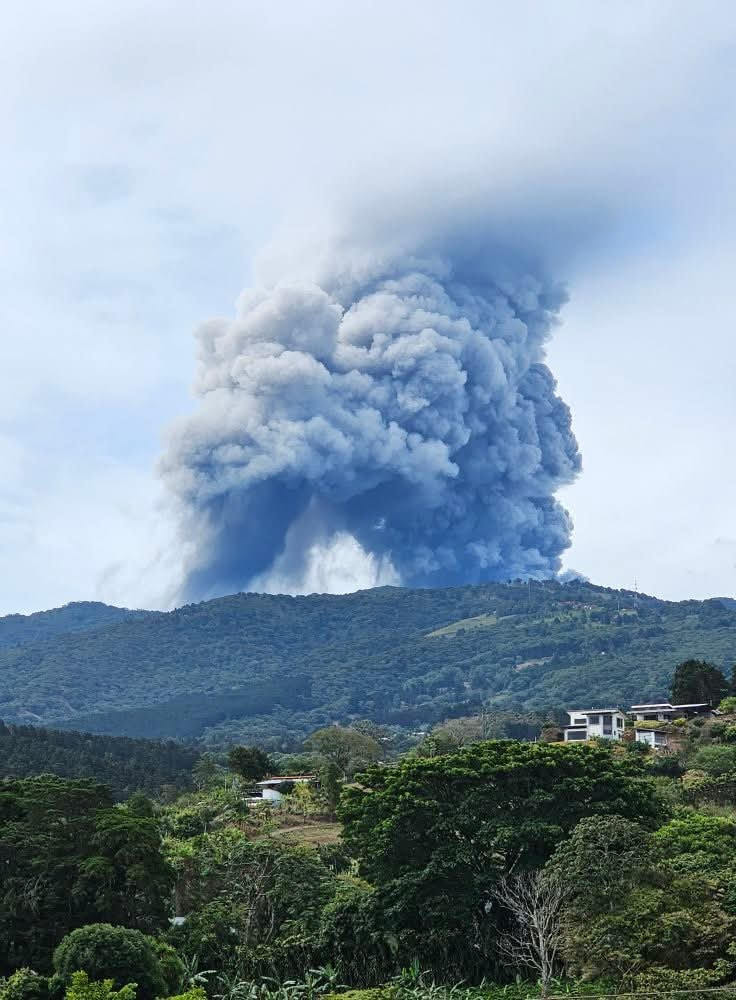
It has always been my favorite volcano to visit in Costa Rica, not only because the closest, but the only one you could look down in the crater and see the bubbling stuff, plus it has a second, older crater with a beautiful turquoise-colored lake. who knows what it will be like after these major eruptions?
Because I live south of Poas and most of our winds are East-West, I don’t get a lot of the ash fall, but some. Before breakfast on my terrace each morning, I wipe the glass-top table off with a Lysol Wipe and then a paper towel. They are black from the small amount of ash we do get. 🙂 Yet farmers near active volcanoes say the ash is excellent for growing vegetables! 🙂
Facebook Video of one day’s eruption: (it would not embed)
https://www.facebook.com/watch/?v=2160888447696509&t=18
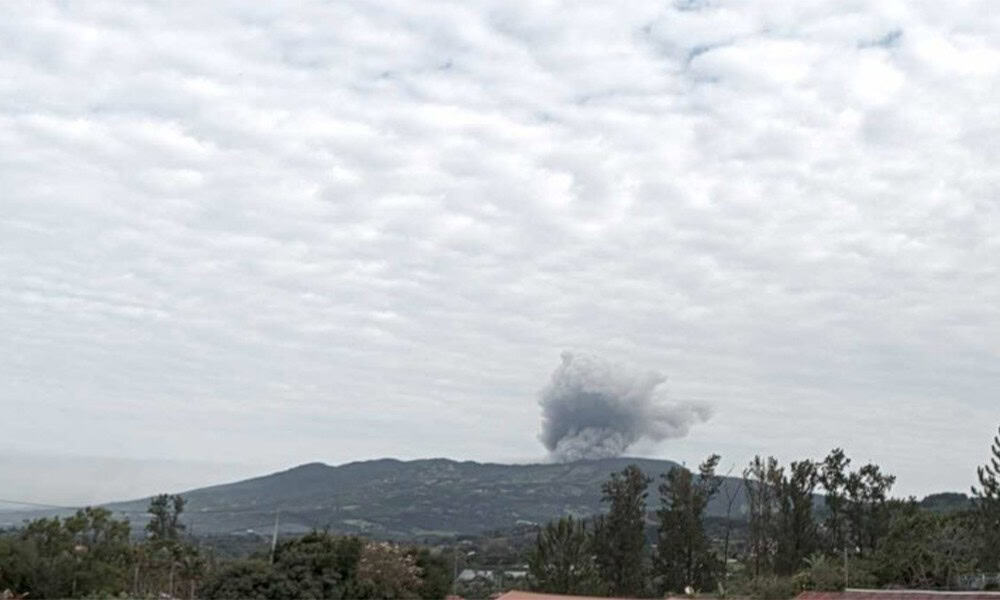
And if the FB link above doesn’t work, try the Tico Times article where I first saw it: https://ticotimes.net/2025/04/23/video-poas-volcano-erupts-with-3-5-km-ash-plume-ovsicori-reports
¡Pura Vida!
